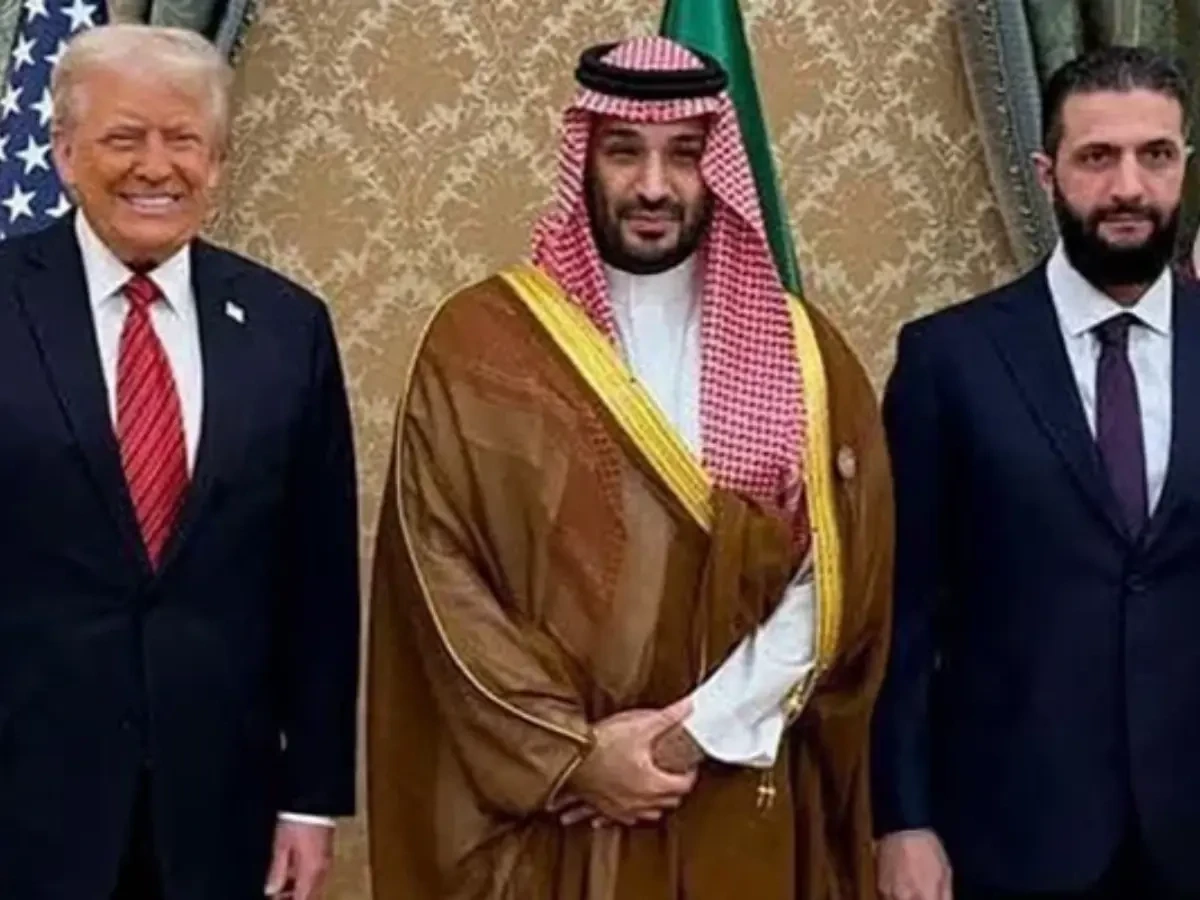In a major development, US President Donald Trump on Monday (June 30) signed an executive order terminating the sanctions program on Syria, and the White House said that it was done to support the country to rebuild after a devastating civil war.
This would allow an end to the country’s isolation from the international financial system. The move will also allow the US to maintain sanctions on Syria’s ousted former president Bashar al-Assad, his associates, human rights abusers, drug traffickers, people linked to chemical weapons activities, the Islamic State and ISIS affiliates and proxies for Iran, White House spokeswoman Karoline Leavitt told reporters in a briefing. President Trump had met Syria’s new leader Ahmed al-Sharaa, in Riyadh in May, in what was called a significant policy shift.
Bashar al-Assad was toppled in December in a lightning offensive by Islamist-led rebels and Syria has since taken steps to re-establish international ties. Syrian Foreign Minister Asaad al-Shibani said Trump’s termination of the Syria sanctions program would “open door of long-awaited reconstruction and development,” according to a post by the foreign minister on social media platform X. He said the move would “lift the obstacle” against economic recovery and open the country to the international community. Trump’s unexpected meeting with Sharaa in Riyadh in the presence of Mohammad Bin Salman had hinted at a major geopolitical turn of events vis-à-vis Syria’s future and its relations with the West.
What’s in the executive order?
The White House in a fact sheet said the order directs the Secretary of State to review the terrorism designations of Hayat Tahrir al-Sham, a rebel group that Sharaa led that has roots in al Qaeda, as well as Syria’s designation as a state sponsor of terrorism. It also added that the Trump administration would continue to monitor Syria’s progress on key priorities, including “taking concrete steps toward normalising ties with Israel, addressing foreign terrorists, deporting Palestinian terrorists and banning Palestinian terrorist groups.”
In May, when Trump met Sharaa, he shook hands with him and said, “young, attractive guy. Tough guy. Strong past. Very strong past. Fighter. He’s got a real shot at pulling it together.” The US president also announced the lifting of Assad-era sanctions on Syria and urged al-Sharaa to recognise Israel, intending to expand his America embracing Ahmed al-Sharaa aka Abu Mohammad Al-Jolani – once a US-designated terrorist whose Al-Nusra front was an offshoot of Osama Bin Laden’s Al-Qaeda – became a path-breaking moment in the contemporary history of West Asia.
Ahmed al-Sharaa founded the al-Nusra Front, an offshoot of al-Qaeda, which played a major role in the Syrian conflict. But by 2016, al-Sharaa publicly broke away from al-Qaeda, rebranding his organization as Hay’at Tahrir al-Sham (HTS), signalling a shift toward a more localised Syrian agenda.
Ahmed al-Sharaa’s rise to power in Syria was the result of a swift military campaign and a carefully managed political transition. In late 2024, forces loyal to al-Sharaa, under the banner of HTS, launched a major offensive against the Syrian Arab Army. This campaign culminated in the capture of Damascus on December 8, forcing then-President Bashar al-Assad to flee the country, seeking refuge in Russia. Later, he was chosen as interim president of Syria. He started using his birth name – al-Sharaa – to project himself as legitimate political figure and to distance himself from his past with terrorist organisation al-Qaeda.
